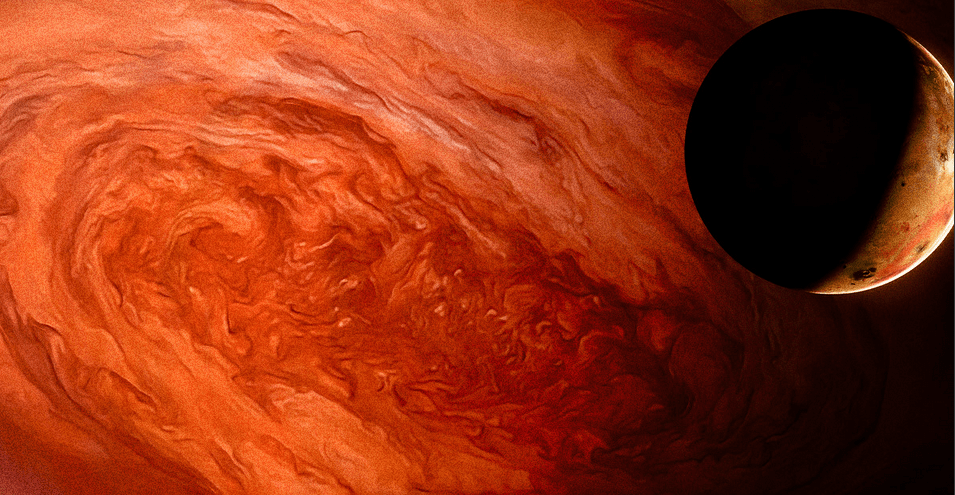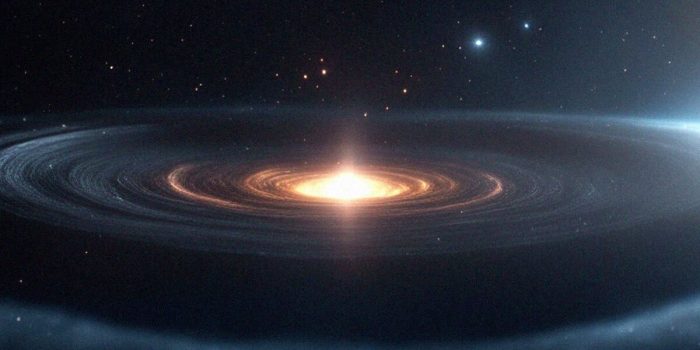In an upcoming publication in the Monthly Notices of the Royal Astronomical Society, a team of researchers led by Sean Raymond from the Laboratoire d’Astrophysique de Bordeaux in France explores the potential repercussions of a rogue star intruding into the Solar System within 100 astronomical units (AU), a distance equivalent to 100 times the average span between the Earth and the Sun.
Through intricate computer simulations, the scientists investigate how such an event could disrupt the established balance of the Solar System, where planets orbit the Sun predictably.
“Earth has about a billion years of habitable surface conditions remaining,” the team led by Sean Raymond, an astronomer at the Laboratoire d’Astrophysique de Bordeaux in France, writes in the paper. “While the orbital evolution of the planets is largely determined by secular and resonant perturbations, passing stars can have a consequential influence on the planets’ orbits.”

Despite Earth boasting approximately one billion more years of habitable conditions, the study contemplates doomsday scenarios arising from the gravitational perturbations induced by a passing star. Potential cataclysmic outcomes include a colossal impact with celestial bodies like the Moon or Venus, or a catastrophic collision with the Sun, posing threats to the stability of the entire planetary system.
Encouragingly, the simulations yield a positive outcome, indicating a probability exceeding 95 percent that none of the Solar System’s eight planets would be entirely lost. However, in the event of an exceptionally close encounter with a rogue star, there is a non-negligible chance that only Earth and Jupiter might survive, or the entire assembly of eight planets could be forcibly expelled from the Solar System. The range of potential outcomes also encompasses Earth being displaced to a more distant and colder orbit, ejected into interstellar space, or captured by the passing star.
“The most probable destructive pathways for Earth are to undergo a giant impact (with the Moon or Venus) or to collide with the Sun,” the researchers write.

Despite the alarming nature of these scenarios, the researchers stress the astronomical unlikelihood of such events. They emphasize that statistically significant flybys, closer than 100 AU and with the potential to significantly alter planetary orbits, occur at a rate of roughly once every 100 billion years in the current Galactic neighborhood.
“Statistically speaking, flybys closer than 100 au, which would strongly affect the planets’ orbits, only take place roughly once per 100 [billion Earth years] in the current Galactic neighborhood,” the paper reads.
Thus, while the study explores hypothetical catastrophic outcomes, the likelihood of a rogue star entering the Solar System at such a perilously close proximity remains extraordinarily remote, offering some reassurance amid the contemplation of these cosmic what-ifs.


